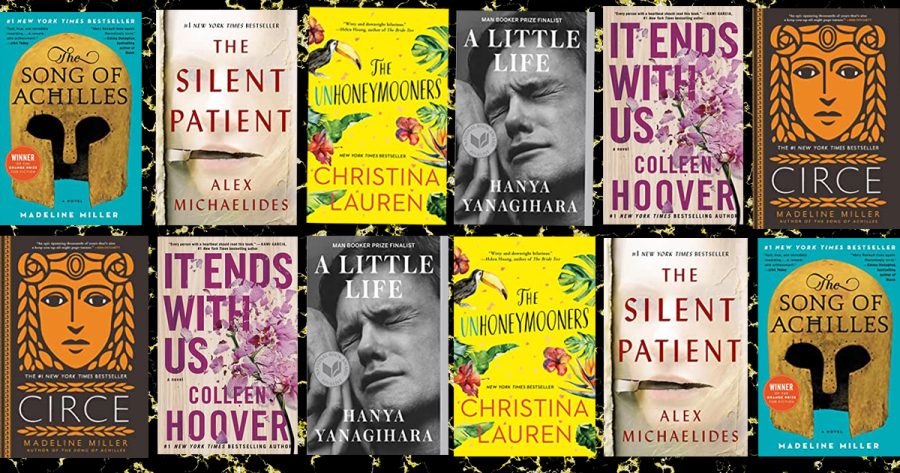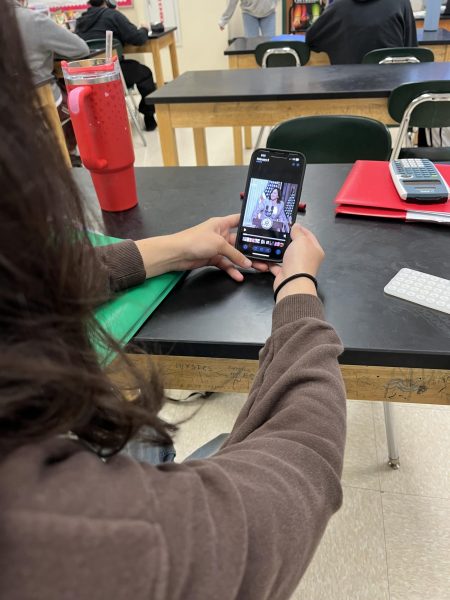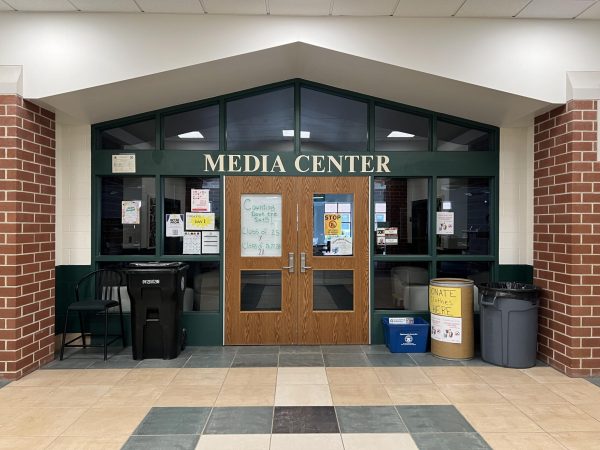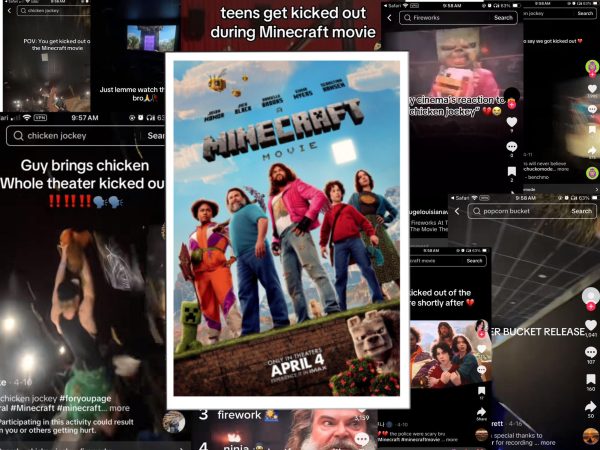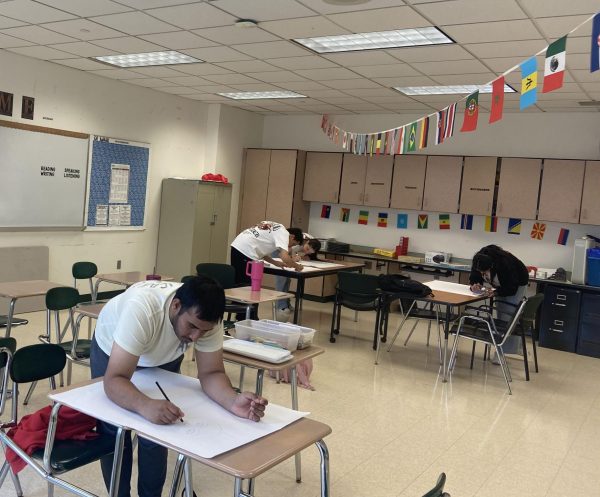Changing the Discussion around Youth Romance Books
With the reexamination of the book lineup for the DHS English curriculum underway, many are hopeful to see more books representing a variety of peoples, and personally I hope to see philosophy books by minority authors, and more obscure texts. Yet from the beginning I have been weary of new books depicting romance being added as appeasement; it is important to note in both cases change is not guaranteed. I am not suggesting older romance books in the current curriculum are better; in fact there are very few. Which is a good thing given its inherent drawbacks due to a far removed time period and misrepresentation of many groups of people. Current romance novels seem to be removed from the changing world in a critically worse way; disguising the same delusion point of view in a modern disguise. However, that is my prerogative; what is more worrisome is the feminist implications of how relationships are depicted going forward.
In a recent English class, we were reading an extremely good novel, Tomorrow, Tomorrow, and Tomorrow, and the teacher asked if Sam, the male protagonist, was in love with Sadie, the female protagonist; almost immediately the class agreed, there was a unanimous “of course.” However, I struggled with this, what they had, at least to me, was closer to a gray area. Sam had not been involved in any close female relationships as far as we knew except for Sadie, and this led me to think how could we know, when he most likely wouldn’t know himself whether or not he was in love. On top of that, I struggled with the concept of them going into business together; in relationships, it seemed your personal assets slowly became the relationship’s assets, as if your identity was under constant osmosis until marriage, and this decision to become entrepreneurial partners would expedite that. I found the novel’s depictions of social dynamics, power struggle, and the budding gaming industry, fundamental to the book rather than a singular relationship, yet I find in this case, and in other books like it, we end up rooting for a “get together,” rather than critically thinking about what it would imply, and considering what else the book is about. It removes the argument from the discussion, because people rarely oppose anything labeled as “love,” creating an echo chamber class discussion. We are not able to critically look at relationships in a literary and actual sense because people tend to focus on the immediate appeal rather than the harder questions.
If we label characters that get along well together, and have some sort of tension as characters who are in love, we ignore basic issues that are the collateral to love in real life. Those who scale back their aspirations after they found love, because they think the one piece of the puzzle to happiness equates to having the entire puzzle solved, are rarely written about, even in a negative way. Relationships like Sam and Sadie, can quickly become dependent, and if the relationship fails, Sam will be fighting an uphill battle, while Sadie’s absence haunts him. Addictive as heroin, love, and toxic relationships can become a crutch; something you can’t imagine your life without, not a luxury but something as necessary as the air you breathe. How does such steadfastness in love react to cheating or immoral engagements, does that love qualify as such; can we articulate the difference? I find the answer to most of these questions in books is that love is the way it is; immovable, and undebatable; making it in a literary sense, a leech on conversation.
Rising with BookTok, which is a double edged sword, contributing to book sales and creative conformity, several romance tropes also emerged. Books that depict a male love interest (vague, rich, passive aggressive) in a position of power, who frustrates the female protagonist (stubborn, social runt, resourceful), and several situations during which the characters take one step forward and three steps back; leading to more frustration and misunderstanding. The male protagonist would reveal he was only irritable and feigning disinterest because her love made him that way; cue swoon and the ending. Until the inevitable trilogy.
The difference between BookTok highlighted books and books chosen by chance or recommendation, is clear to someone like me who doesn’t have TikTok. Noticeable around spring of last year everyone started reading the same books in their free time, the same titles cycled on classmates desks and in conversation. A type of conformity that is subtle to most, but troublesome to an observer; if everyone is reading the same thing, a self-imposed Orwellian social state is inevitable.
Technically the plot is not entirely dissimilar to Jane Austen’s Pride and Prejudice, but women have one thing now they didn’t then, rights. The storyline makes sense for that time, but the source material hasn’t changed with the time. Regardless of how many diversity aspects, i.e. character’s race, religion, and country, the same storyline runs through books the majority of teens read, giving them a false sense of uniformity in romance, and what it means to be a woman in a relationship. And it isn’t just teens; from an extremely young age, I see my sisters reading books that are diluted versions of YA romance, teaching them that a woman should reach her full potential through enlisting the help of a man. In fact one book she recently read involved a girl deciding where to live and go to college, a good lesson to read about, unfortunately this decision was dependent on romance.
Personal book choices are exactly that, personal, but I think it’s important to recognize that seemingly harmless narratives ignore the issues that are far more interesting and necessary to read about. The best books I’ve read rely on relationships that are fundamental to the story, but instead of observing love with rose-colored glasses, the books investigate how cruel and violent love can be, and at what point love becomes an excuse for extreme action, while at the same time not completely discrediting the beauty of it. Love, like all things, is complex and can’t be distilled into a single trope. Characters like Jude St. Francis from A Little Life explore the caveats of becoming close to people, and the inherent discomfort, he expresses the need for privacy and secrecy even among his closest friends. I found this part of his character extremely nuanced in a world where being close to people has a stiff “you have to give to get” nature, something directly addressed in Hanya Yanagihara’s book.
I am not arguing whether or not relationships are inherently a “bad” thing; in fact very few concepts can be defined as “bad” or “good,” only in children’s books is the line so clear, but that the modern woman needs to be aware of biases in the media depicting them. I always thought, debatably cynically, that if I lived with a partner for a long period of time, I would be peeved at the fact that they would be everywhere I am, and that my space would become our space, as if my life underwent a coup d’état headed by a serious relationship, that replaced democracy with communism. However, the dissolution of individuality as a direct result of love is rarely seen in books, since it is difficult to portray a main character whose personality is dictated by another.
Realism is fatally absent from the YA/romance book scene; the development of routines, disagreements, cheating, changes in friendship dynamics, and how it affects aspirations including career interests, are all difficult topics rarely written about, unless used to highlight how good a new relationship is by juxtaposing it with a past relationship characterized by flaws. Books embracing disillusionment would have the chance to consider the aforementioned flaws as not a catalyst for the plot, but a tool to offer the reader a mirror of staunch realism, which can trigger conversations that would lead to group learning and self reflection.

